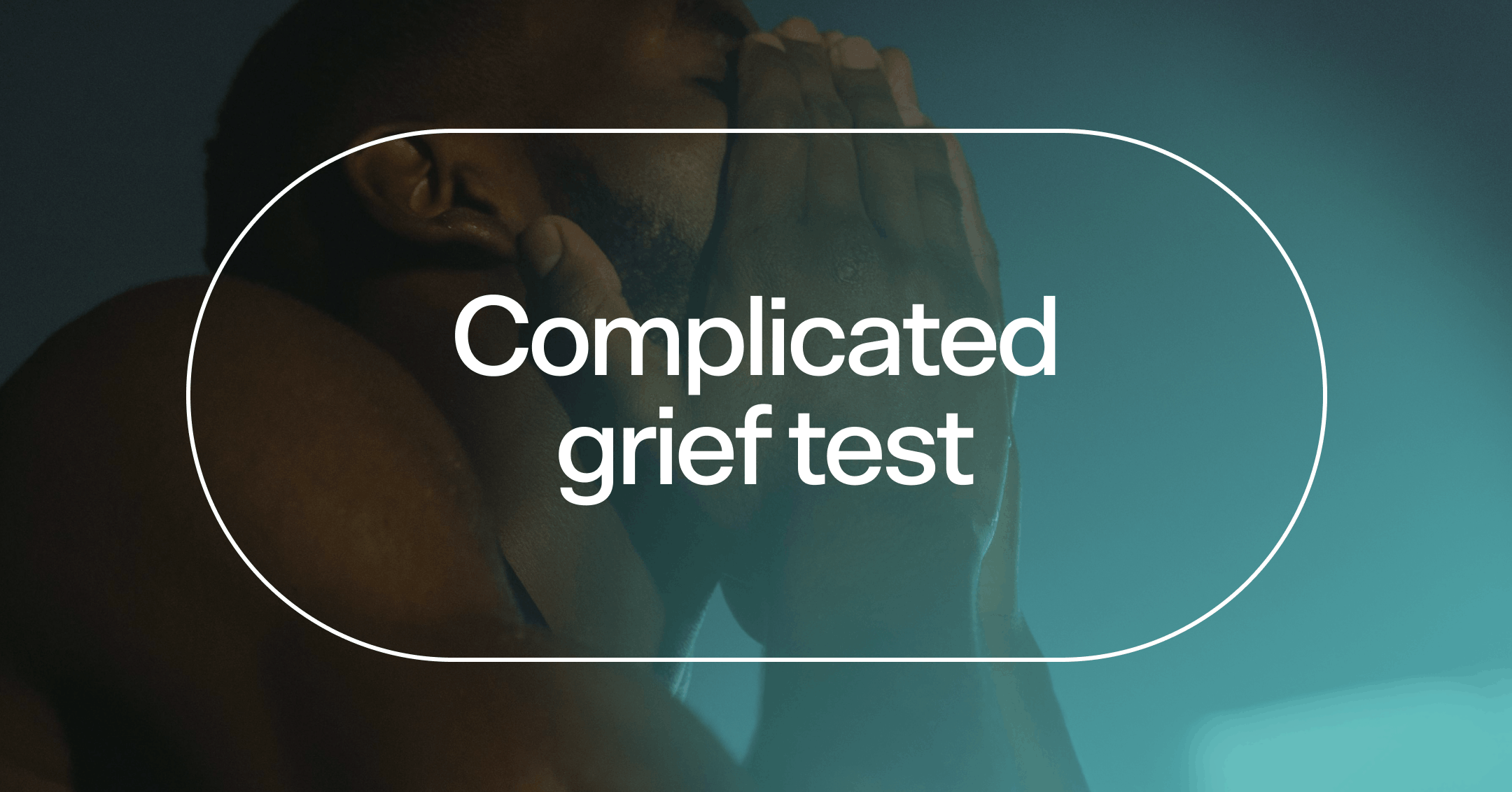Compulsive buying behavior, also known as compulsive shopping, involves uncontrolled spending and a fixation on shopping.
While not an official diagnosis, compulsive buying behavior can have a damaging impact on a person’s mental health, financial stability, and quality of life.
Therapy is often used to help people manage compulsive buying and other behavioral addictions. But there are also some self-management strategies that can help you get your shopping under control.
Have you ever made an impulse purchase? Maybe something caught your eye in a store or online and you bought it, only to regret it later. Many people overspend or buy something without thinking it through sometimes. But this is different from having a shopping addiction or living with compulsive buying behavior.
While not an official diagnosis, people with compulsive buying behavior struggle to control their purchasing behavior. Left untreated, these behaviors can negatively affect a person’s mental, physical, and financial well-being. However, with the right support, people living with compulsive shopping can uncover the underlying reasons for their overspending and create a healthier relationship with shopping.
Signs of compulsive buying behavior
For the most part, we all need to shop to meet our basic needs. Purchasing food, clothing, and other necessities is a part of daily life. And sometimes, we simply like to treat ourselves to something nice. Enjoying the experience of shopping, relishing in a great deal, or making a long-awaited purchase can be fun and exciting. But enjoying the occasional splurge doesn’t mean you’re addicted to shopping.
Compulsive buying involves repeated, excessive purchasing that a person can’t control. It can also cause a person to spend an excessive amount of time thinking about and anticipating spending. People who experience compulsive buying behaviors don’t just shop for fun or as a means of buying necessary goods. They use shopping to cope with stress, improve their mood, boost their self-image, and reduce uncomfortable feelings.
Because compulsive shopping is not a recognized mental health condition, we don’t have clear diagnostic criteria for the condition. However, some signs that a person may be living with compulsive buying behaviors include:
Spending hours researching the items they want to buy
Frequently purchasing or repurchasing items they don’t need
Fixating on thoughts of shopping or planning their next purchase(s)
Having financial trouble due to overspending
Experiencing a negative effect on relationships due to shopping
Having problems meeting obligations at home, work, or school due to shopping
Frequently overspending despite obvious negative consequences
The care you need, when you need it
Learn how Rula can support your mental health journey
Causes of compulsive buying behavior
The underlying causes of compulsive buying are unclear. However, experts think there could be a few important factors at play, including:
Developmental factors: Some researchers believe that the root of compulsive buying lies in negative childhood experiences, like abuse or neglect. But these reports are not conclusive.
Neurobiological factors: There’s some evidence to suggest that compulsive shopping might be linked to the brain’s “reward” centers.
Cultural factors: Because of the rise of online shopping, anyone with an internet connection can make a purchase almost instantly. This might make it harder to keep purchasing under control.
Impact of compulsive buying behavior
Like other behavioral addictions, unmanaged compulsive shopping can lead to serious problems in many areas of a person’s life. Potential problems include:
Feelings of guilt or remorse after making a purchase
Legal or financial problems due to overspending
Job loss or occupational difficulties
Problems in interpersonal relationships
Heightened stress due to an accumulation of debt
Five ways to overcome compulsive shopping
If you’re having trouble controlling your spending and it’s negatively impacting your mental health and quality of life, help is available. A therapist who specializes in treating compulsive behavior can help you become more mindful about your shopping.
Management typically involves techniques derived from cognitive-behavioral therapy (CBT). CBT can help you identify and interrupt unhelpful thought patterns and learn to use healthier coping techniques.
In addition to seeking professional help, there are some self-management strategies that can help you get your compulsive shopping habits under control.
Track your spending. One of the most important steps in learning to manage your spending is finding out where your money is going. For a set amount of time (say, a week), track each cent you spend. This can unveil some powerful insights about your shopping habits.
Notice patterns. After tracking your spending, see if you can identify patterns. Are you more likely to overspend on certain items? On certain days? At certain times? What happens right before you make an unintended purchase? How do you typically feel afterward?
Make a budget. Having healthy spending habits doesn’t mean never treating yourself or buying something just for fun. It just means setting some limits. So give yourself a reasonable budget for non-essential items, and try to stick to it.
Use cash. As we all know, credit cards make it so easy to shop. Instead, withdraw the amount of cash you need for weekly purchases, and use that instead.
Prioritize needs versus wants. If you just got paid and you’re feeling the urge to spend, think about the items you actually need, and purchase those first. For example, this might mean buying groceries or toiletries instead of luxury items.
Find care with Rula
If you’re living with a shopping addiction or compulsive buying behaviors, know that you’re not alone. It’s a common problem that approximately 5.8% of Americans will face in their lifetimes. And while experts are still working to better understand compulsive shopping, there are effective treatments available that can help you manage your spending and improve your mental health.
When you need help for compulsive buying or any other mental health concern, Rula’s extensive network of behavioral therapists is just a few clicks away. With our convenient therapist-matching program, you can find a provider who takes your insurance and make your first appointment in just a few clicks.
Rula's editorial process
Rula's editorial team is on a mission to make science-backed mental health insights accessible and practical for every person seeking to better understand or improve mental wellness.
Members of Rula’s clinical leadership team and other expert providers contribute to all published content, offering guidance on themes and insights based on their firsthand experience in the field. Every piece of content is thoroughly reviewed by a clinician before publishing.




